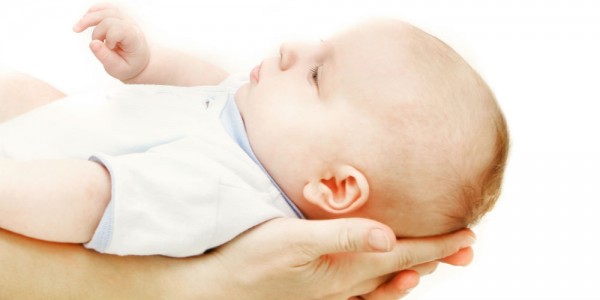Until quite recently, a couple turning to adoption because they are unable or unwilling to utilize fertility treatments to conceive a mutually biological child also had to make peace with not experiencing pregnancy and childbirth. Today, it is possible to give birth to one’s adopted child. For some, this is the best of both worlds.
Adoption law does not extend to children until they are born, so there is some controversy over the terminology, with some preferring the phrase “embryo donation” over “embryo adoption.” However, since I believe that the fetal period of a human being’s life is simply our first stage of development, and that birth is merely a change of scenery, embryo adoption is the phrase I prefer.
Some adoption agencies have jumped on the bandwagon of this newer opportunity by including embryo adoption as one of the programs that they offer, along with domestic newborn adoption and international programs. This means that all the same requirements for newborn or older child adoption, such as home studies and background checks, are also required for a couple to adopt embryos from them.
However, since the law does not see this arrangement as “adoption,” there are informal ways to adopt embryos directly from donors or clinics. In this case, there is no home study or background check: simply the medical preparation to transfer the embryos into the adoptive mother’s uterus at the opportune time. In some instances, a legal contract between the donor and recipient families is required. Some couples even travel to adopt/transfer their embryos, sometimes even internationally.
Embryo adoption can be either open or closed, depending on the source of the match. Many donors who want to find their own recipients want to maintain some level of openness with the adoptive family. On the other hand, many other donors simply want to give their embryo children a chance to continue their lives and, at the same time help, another infertile couple, and they are not interested in knowing what becomes of the embryos.
The cost can vary depending on how many attempts it takes for a couple to bring home a baby. Therefore, risk is a big factor since not every embryo will continue to grow after transfer. Yet many couples are willing to take the risk for the chance to experience pregnancy and childbirth, something no other type of adoption allows.
Two important factors make this an adoption. First, embryos are no longer reproductive gametes, but uniquely merged entities that, with time and the proper environment, will grow into nothing other than a human adult. For those who share my view of when human life begins (in the beginning, i.e. conception), embryo adoption becomes just one of the various types of adoption to choose from. Just like with the other types of adoption, different families may have different priorities and preferences when it comes to which children are good matches for their families.
Second, once an adopted embryo is a newborn baby, there is very little that is different in terms of how adoptive parenting applies to their relationship with their parents. For this reason, it’s important for adoptive parenting resources to be available to those who adopt at the embryo stage of development.
Embryo adoption, newborn adoption, older child adoption. In the larger scheme of things, all that matters is that in each situation, a child is in need of a loving home, and a family steps in to provide what is needed.
Considering adoption? Let us help you on your journey to creating your forever family. Visit Adoption.org or call 1-800-ADOPT-98.
